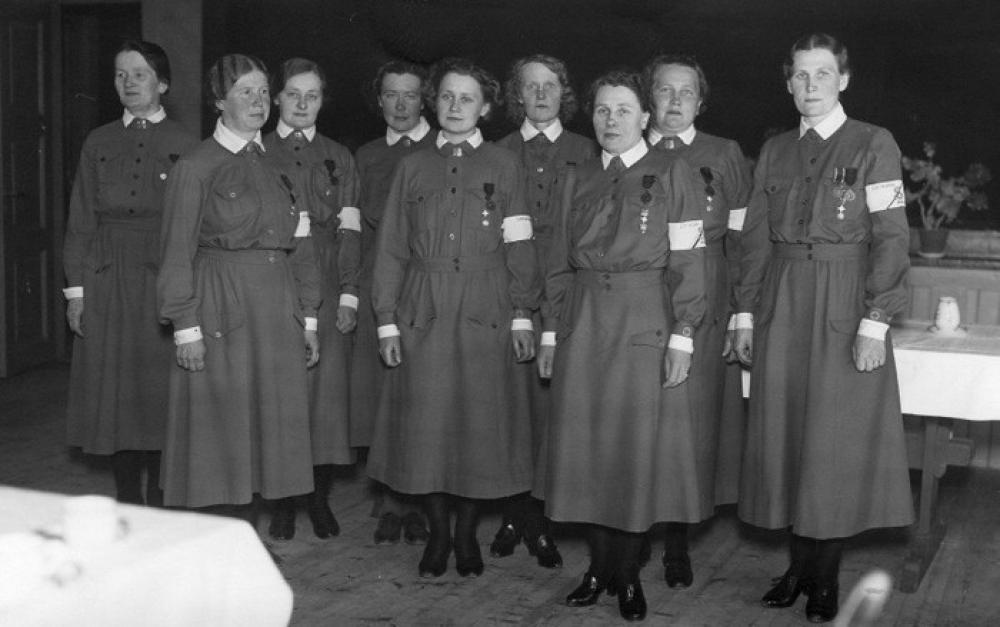Kauppila farm exudes history
Gustav Vasa, the King of Sweden, was a stingy man in financial matters. Bailiffs travelled around the country collecting taxes, but due to a lack of documentation, the king did not have a clear view of all his tax receivables. To this end, at Gustav’s order, land registers were introduced in the Eastland – i.e. in Finland – in the 1530s. The bailiff marked down each farm and their lots and the number of peasants liable to tax in each municipality.
Before long, a bailiff reached Karttu in Ikaalinen – and Kauppila farm, one of the old manors of the village of Karttu, was entered in the first land register in 1541.
Kings and centuries changed. The Kauppila people farmed theid land, logged their forests and fished for perch and pike on Lake Kyrösjärvi. In the 1800s, the battles between Sweden and Russia began to affect Kauppila too. The farm was purchased by an officer of the Swedish army, Gustav Fredrik Grönhagen, and he built the Ostrobothnian-styled, old main building, Pytinki.
Era of autonomy
Grönhagen left to fight the Finnish War in 1808. The war ended in Sweden’s defeat, but Grönhagen’s career continued without interruption, now in the Russian army. In 1831, he became major of the honourable Finnish Guard’s Rifle Battalion, later know as Guard of Finland. Kauppila’s Pytinki was initially used as a training venue for the Officers.
Later during the autonomy, Kauppila moved from military to civilian hands, with new owners such as Wegelius, Carlstedt and Rosendahl, families from old Helsinki aristocracy. The current family became owners of the farm in 1885.
The newer main building, now known as the Traveller’s House, was built in 1898. Around the same time, a stone barn and most of the outdoor buildings were built. At the beginning of the 1900s, the farm included 25 crofts, and it was one of Ikaalinen’s largest farms.










Farm tourism begins
Kauppila had gained a reputation as an excellent summer destination among the gentry of the capital city. Farm tourism began at the beginning of the 1900s when paying summer guests, along with their servants, arrived at the house. They were accommodated in Pytinki, which had been vacant at the time.
In the peace and quiet of Kauppila, educated and enlightened gentlemen were able to relax and ponder the future of independence-seeking Finland. The guests included a priest, later bishoped, Yrjö Loimanranta, who was appointed to prepare the crown ceremony of the future King of Finland, Friedrich Karl. Professor Zachris Castren was a key member of the Kagaali, an anti-Russian resistance movement.
The hosting family’s own son Kaarlo, known to friends as Kalle, left for Germany for Jäger training.
In 1918, during the civil war, Kauppila operated as a military base. The battles of Ikaalinen took place on the northern and eastern side of Lake Kyrösjärvi, and Karttu, located in the middle, luckily survived without damages. Jäger Kauppila took part in battles in Kalevankangas, Tampere, Rajamäki, Tarppila and Raivola. Kalle’s military suits and other material are on display at the Kauppila farm museum, which is open to groups upon booking.
Farm tourism activities were re-initiated in 1988. The current entrepreneur couple of Kauppila, Kalle and Minna, took over in 2002. They live at the farm with their daughters, Anni and Ella.
Kauppila’s story continues on a new millennium.


